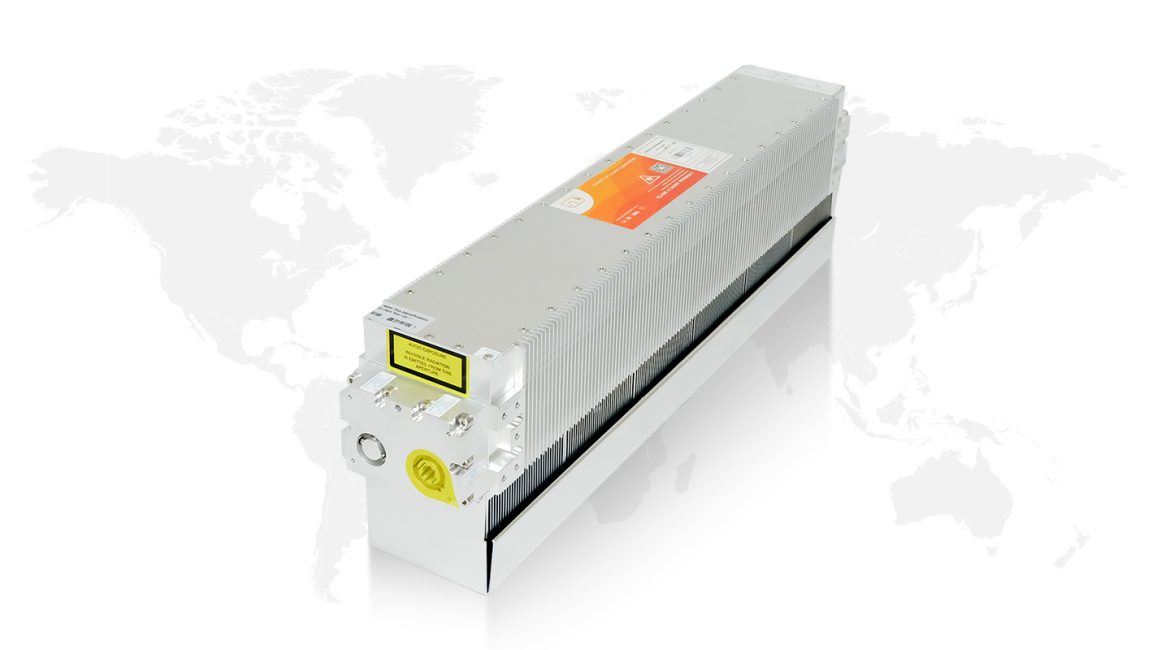Radio Frequency (RF) lasers, especially common RF-excited CO2 metal tube lasers, consistently command high prices. Consider this comparison: a traditional Direct Current (DC) glass tube laser resembles an affordable family car. An RF laser, conversely, parallels a high-performance, technologically advanced luxury sports car. These RF lasers are expensive for several core reasons.
I. Core Costs: Expensive RF Power Supplies and Precision Matching Technology
The RF laser’s high price stems primarily from its unique excitation method and accompanying high-frequency power supply. This is the first and foremost reason. Traditional DC lasers, by contrast, excite gas to emit light using high-voltage direct current. Their power supplies are relatively simple and low-cost.
However, RF lasers demand a complex RF power supply. This unit converts ordinary low-frequency mains electricity into a high-frequency electromagnetic field, often reaching tens of megahertz (MHz). The RF power supply itself is a highly precise, integrated electronic component. It incorporates sophisticated power amplification, impedance matching, and frequency control technologies. Consequently, its design and manufacturing complexity far exceed DC power supplies. This leads to very high costs.
Moreover, efficient RF energy coupling into the laser cavity requires a precise impedance matching network. Think of it as a customized, high-tech “adapter.” This network ensures maximum energy transfer efficiency between the power supply and the laser tube. Furthermore, it minimizes reflections and losses. This entire high-frequency electrical energy transmission and control system significantly drives up the price of RF lasers.
II. Manufacturing Process and Materials: Precision Metal Cavities and High-Purity Ceramics
The cavity structure and materials used in RF lasers also substantially increase their cost.
Many high-performance RF CO2 lasers utilize fully metal-sealed or ceramic structures. This differs from traditional glass tubes. Metal and ceramic materials offer excellent thermal stability and airtightness. These properties are crucial for ensuring long-term stable operation and preventing gas leakage.
Specifically, manufacturing metal or ceramic cavities demands precise machining and ultra-high vacuum welding techniques. For instance, metal cavity electrodes must exhibit extremely high parallelism and surface finish. This ensures RF field uniformity. Ceramic components, moreover, require high temperature and corrosion resistance. They also undergo complex gold or nickel plating for improved conductivity. Ultimately, these intricate precision processes and expensive specialized materials (like high-purity alumina ceramics, special alloys) contribute significantly. They make manufacturing costs far exceed simple glass blowing.
III. Superior Performance Advantages: Long Lifespan and Excellent Beam Quality
The high price of RF lasers, furthermore, reflects their superior performance and inherent value.
Firstly, consider beam quality. RF excitation provides uniform, stable discharge. This results in a laser beam with a smaller divergence angle and higher mode purity. Simply put, the spot is rounder, smaller, and more concentrated. This is vital for high-precision cutting, marking, and welding applications.
Secondly, analyze lifespan and stability. RF lasers commonly employ slab or waveguide designs. These achieve efficient heat dissipation. Heat rapidly exits through metal or ceramic walls. This prevents internal gas overheating, common in traditional DC tubes. Simultaneously, metal tubes offer excellent airtightness. This effectively prevents CO2 gas decomposition and loss. Therefore, RF lasers boast extremely long operating lives (many products last tens of thousands of hours) and superb power stability. This greatly reduces user replacement frequency and downtime. While the initial investment is higher, the long-term operating cost is actually lower.
IV. Fast Response Capability and Controllability
Another significant advantage of RF lasers is their fast response capability. RF excitation readily enables high-frequency pulse modulation. This means the RF laser can “turn on” or “off” in extremely short durations. It delivers laser pulses at very high frequencies. This capability is critical for precise depth control, high-speed fly marking, and complex pulse waveform control. DC lasers, indeed, cannot match this performance. This feature also implies a more complex and precise control system, thereby increasing overall cost.
In conclusion, the high price tag of an RF laser is not arbitrary. It results from a combination of high-cost RF power supply systems, complex precision metal/ceramic cavity manufacturing, and superior performance. This includes long lifespan, high beam quality, and fast response. Ultimately, when users purchase an RF laser, they are essentially investing in higher reliability, extended service life, and more precise processing capabilities.

